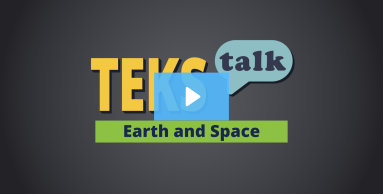- Science
- Grade 4
- Earth and space
Science.4.9.B
collect and analyze data to identify sequences and predict patterns of change in the observable appearance of the Moon from Earth.

Knowledge and Skills Statement
The further explanation is designed to be a resource for educators that helps them better understand the topic their students are learning. Further explanations may be written at a more complex level than would be expected for students at the grade level.
Moon phases are the changing appearance of the sunlit part of the Moon as viewed from Earth due to the Moon's position in relation to the sun.
Fresheneesz~commonswiki, CC BY-SA 3.0, via Wikimedia Commons
Students will relate Moon phases to tides in middle school.
Research
Jackson, Julie, and Angela Castro. “A High-Stakes-Test & Intervention: Moon-Phase Models as Viewed From Earth and Space.” Science Scope 34, no. 5 (January 2011): 22–28 http://www.jstor.org/stable/43182978.
Summary: This article provides a series of questions to guide students to a deeper understanding of the phases of the Moon and the Moon’s relation to the Sun and Earth. This activity can help students to understand better the relative positions of the Sun, Earth, and Moon. In this activity, the teacher uses a dark room with a lamp representing the Sun. A student represents the Earth. During this time, the teacher should ask guiding questions about the Earth’s rotation and allows the class to discuss their thoughts. Another student is added to represent the Moon. Asking students what the Moon represents one day allows the teacher to see what misconceptions students have about the Moon and its movement.

